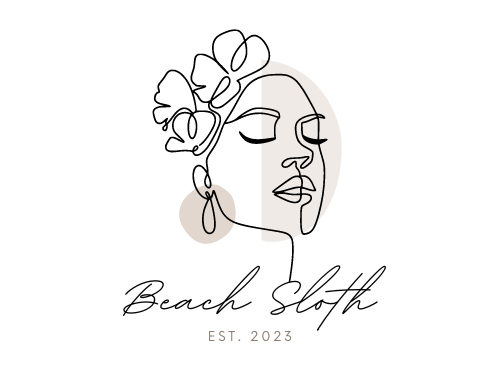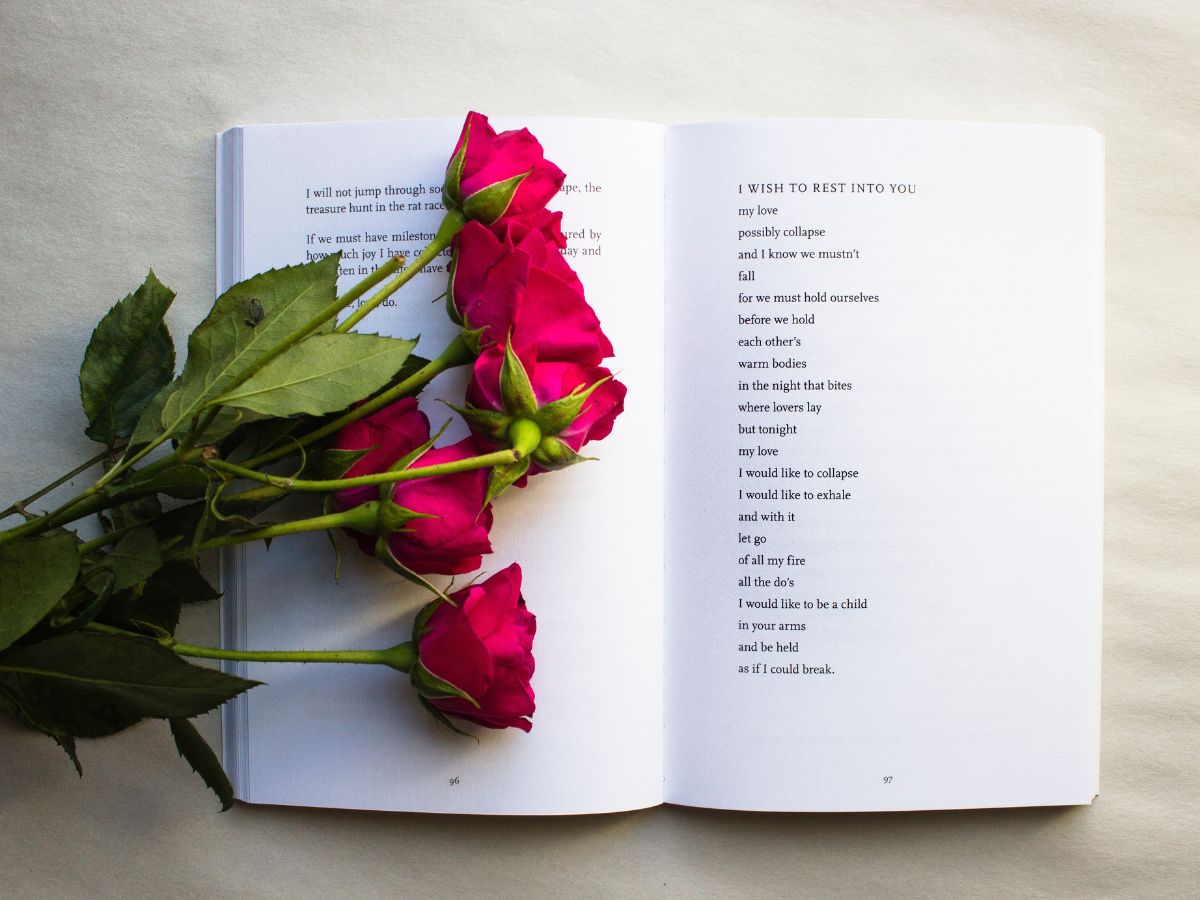For many centuries, poetry has attracted readers with its mesmerizing language. It also carries the ability to evoke strong feelings and imagination. Over the years, different forms of poetry evolved, thus appealing to varying artistic sensibilities. Poets carefully choose their words and craft their lines to create a specific rhythm, meter, and tone.
They often explore complex themes and subjects, such as love, nature, spirituality, politics, and the human condition. Poetry can be deeply personal, offering insights into the poet’s thoughts, feelings, and experiences. It can also be universal, touching on shared human experiences. Here are some of the most popular types of poetry:
1. Sonnet
Sonnets are 14-line poems that gained prominence during the Renaissance era. This type of poetry has its roots in Italian and English literature. It gained prominence during the Renaissance era. Renowned poets such as William Shakespeare and Francesco Petrarca (Petrarch) used the sonnet to express deep emotions.
Sonnets are characterized by a strict rhyme scheme and meter. They often follow the pattern of ABAB CDCD EFEF GG. The compact structure of a sonnet allows poets to explore themes of love, beauty, and introspection with precision. This makes Sonnet one of the most popular and enduring forms of poetry.
2. Haiku
This type of poetry originated in Japan. The haiku is a concise and evocative form of poetry. It captures a fleeting moment in nature. Composed of three lines with a 5-7-5 syllable structure, haikus focus on the juxtaposition of images. The intention usually is to evoke emotions in the reader.
With its brevity and simplicity, haikus encourage contemplation and an appreciation of the natural world. This form has found immense popularity across cultures, inspiring poets worldwide to give profound insights with just a few lines.
3. Acrostic
In an acrostic, the initial letters of each line spell out a word, phrase, or name. Essentially, the poet aligns the first letter of each line to create a hidden message or word within the poem. Traditionally, acrostics were used as mnemonic devices or subtle forms of wordplay.
They were often used for conveying a hidden meaning. Acrostics were also used to pay tribute to someone, or to emphasize a particular theme or idea. This type of poetry has had a presence in various cultures and literary traditions throughout history.
4. Ballads
A ballad is a narrative poem in the world of poetry that tells a story. It typically consists of quatrains or four-line stanzas. Ballads possess a musical quality and poets often write them as song compositions. Traditionally, ballads were passed down orally from generation to generation, so they often have a folk element.
They cover a wide range of subjects, including love, tragedy, adventure, and historical events. Many ballads have also focused on heroic or legendary figures and their deeds.
5. Free Verse
Those who seek to break away from the traditional structures of poetry love free verse. It offers them complete freedom in terms of rhyme, meter, and form. It emerged as a reaction to the rigidity of formal poetry. In free verse, the poet has the liberty to experiment with line breaks, imagery, and rhythm.
This allows for a more fluid and organic expression of thoughts and emotions. This form embraces the spontaneity of language and has gained immense popularity in modern poetry. Among the reasons for free verse becoming so popular today is its versatility and ability to convey personal experiences authentically.

